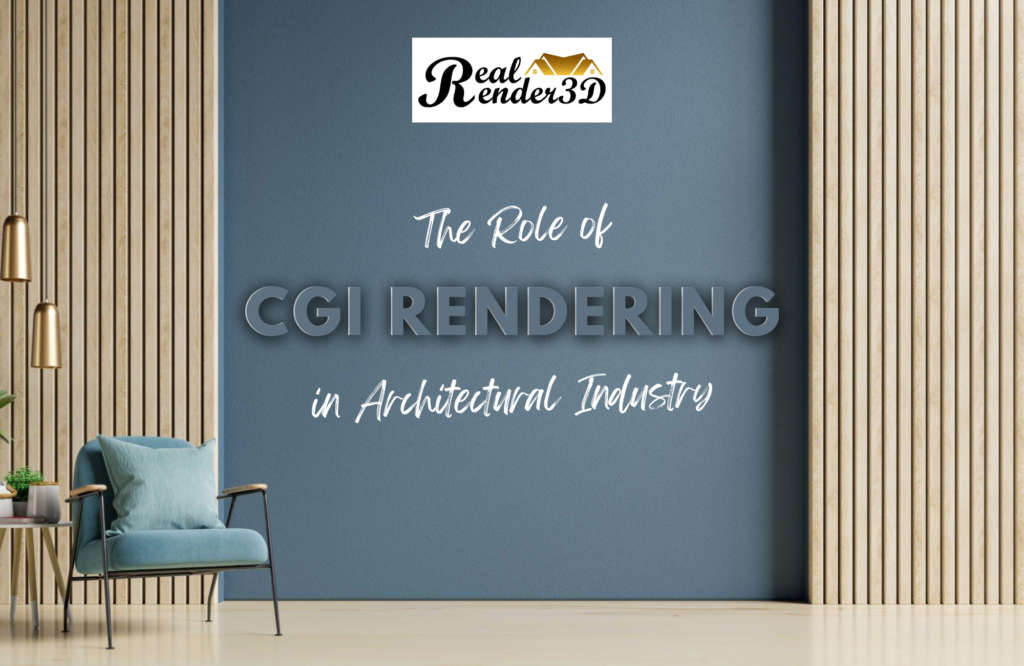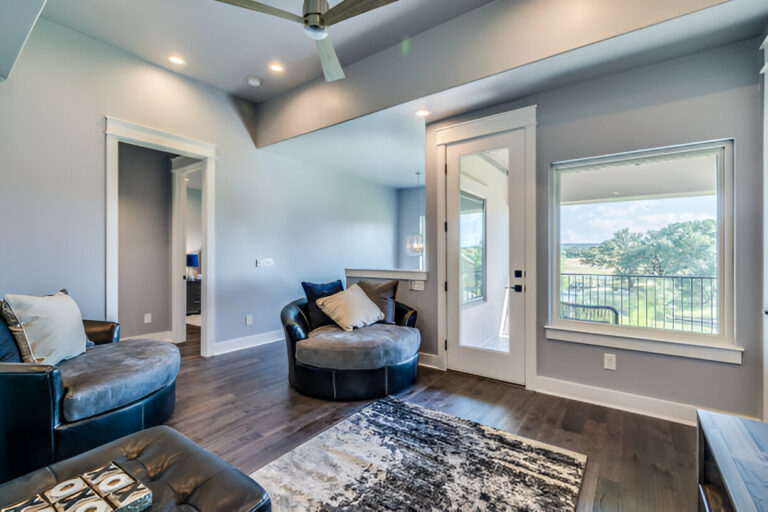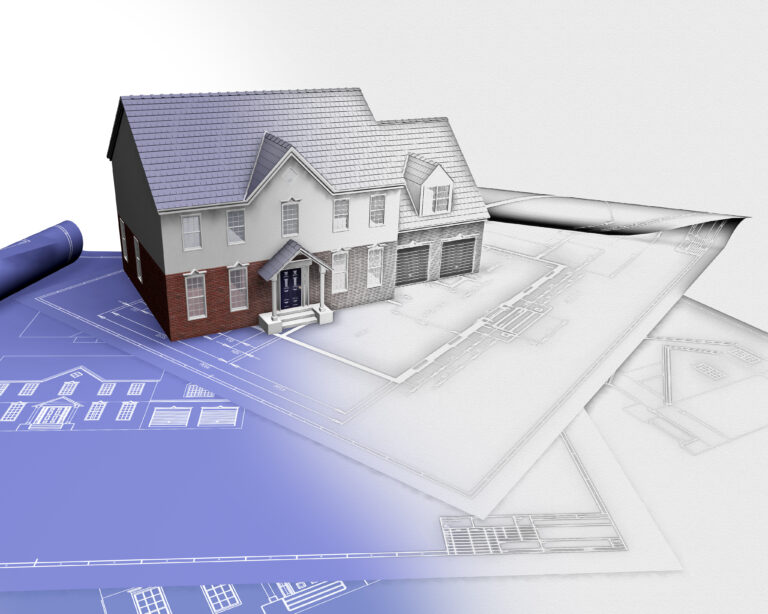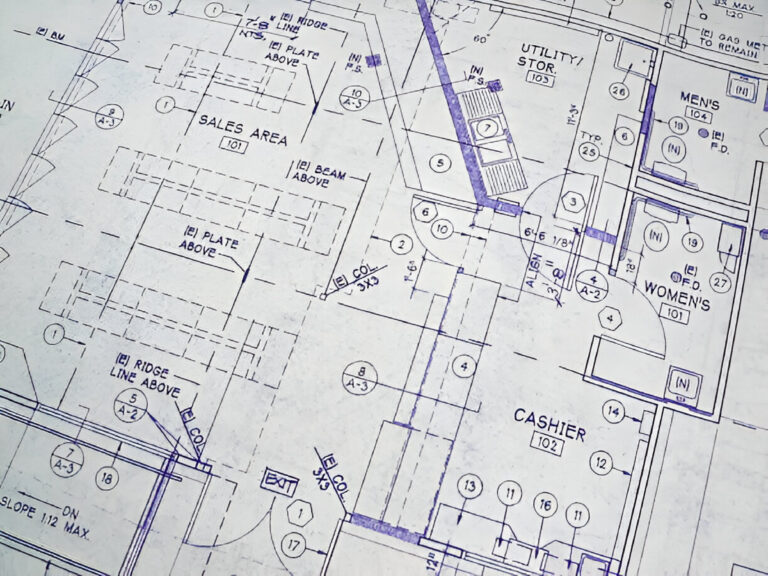Introduction
Architectural computer-generated imagery has transformed the approach of industry professionals towards their work. Architectural rendering has been made easier with the adoption of architectural CGI by architects. With 3D architectural visualization, architects and designers can easily showcase the expected final renders to customers, enhance communication between clients and investors and eliminate any forms of doubt by providing a view of the object to be constructed from all angles.
3D renders give clients and investors the confidence to invest in the project. Traditional presentation materials, which included sketches, hand-drawn images, and schematic drawings, would only convince investors to purchase after construction is completed. Clients would wait for physical presentations, consuming time and money.
3D architectural rendering through CGI enhances the development of high-quality architectural designs without strain. This provides many benefits to customers, including the ability to transform their real estate dreams into reality with no complexity. Keep scrolling through the article to discover the numerous benefits of CGI rendering in the architectural industry.
1. Elevate Marketing Campaigns

CGI is a perfect marketing tool that generates 3D visualizations used by architectural experts in their websites, offline ads, and social media pages to attract customers and demonstrate their capabilities. Customers who will have a glimpse of your ongoing or previously done projects will easily decide whether to purchase 3D rendering services from you.
It is interesting to note that 3D modeling enables architects to showcase their future projects in real-time. This is among the top benefits of CGI rendering to architectural visualization. The 3D images also serve as a reference to architects during construction, avoiding any possibilities of construction flaws.
2. Allows Architects to Provide Customers with Ready-made Shopping Lists
CGI rendering has many benefits besides enhancing a rendering object’s beauty and photorealism. Clients use it as a shopping list for their construction materials, furniture, color, and texture, to name a few. Architectural customers order 3D images from CGI companies to use as references for their design projects. Customers can easily determine whether the CGI architecture meets their design expectations from the renderings.
3D renders speed up the purchase process because they provide enough details of the property CGI to be constructed. It reduces time wastage on choosing the right materials for construction in online and physical stores. By providing a ready shopping platform for the architectural project, CGI visualization streamlines the budget planning process transforming the idea into reality.
3. Allows for Early Troubleshooting of Design Flaws

At times, you may experience design flaws in your design concept. The error may be unnoticed during design but come to light during construction. Failure to notice these design flaws at early stages may lead to the architect incurring financial losses involved in fixing the mess. This may ruin the architecture’s reputation to future clients in case of a negative review. Therefore, as an architect, your role in architecture is to ensure the models are designed perfectly, avoiding any flaws that will likely ruin your standing with customers leading to money and time loss. Delivering the right project with all the features specified by the client wins your trust and helps you build a solid rapport with them.
4. Unveiling Optimal Iterations of Architectural Designs
CGI enables 3D artists to come up with a wide range of realistic visualisations to showcase to customers. As a designer, you should be flexible and prepared for your customers’ requests for adjustments and editing. It would help if you were keen to detail, taking into account all client requirements to make the project a success. For instance, a client may reject tiling options for the floor and choose a cement-made floor because of affordability.
3D visualizations only allow exhibiting quality iterations. The architect has to provide original material and drawings to the property CGI studio for reference. These materials will help the 3D artist make necessary adjustments and modifications to the design delivering high quality. The architect will then use the plan from the 3D artists to execute the construction project.
5. CGI Visualization Enables Equally Effective Online and Offline Presentations

With the growth of technology, several economic sectors are adopting remote working and the architectural industry is not an exemption. However, clients would request virtual meetings to demonstrate your rendering techniques and concept presentations. The challenge several architects face is explaining their projects without architectural rendering. CGI helps you create 3D images for online presentation of your 3D interior rendering and exterior visualization. This enhances communication and understanding between clients and the project owner.
Conclusion
In conclusion, from concept to reality: the role of property cgi in architectural design is numerous. It provides a ready market to customers, serves as a shop for your marketing materials, helps in early problem identification and repair, and enhances communication between the project’s owner and investors. To enjoy the benefits of quality 3D rendering services, contact Realrender3d.
Frequently Asked Questions
What are the benefits of CGI rendering to the architectural industry?
CGI rendering enables architects to showcase their projects to customers visually appealingly, enhancing communication, improving sales, and identifying and rectifying design flaws.
What are the software tools for CGI rendering?
Examples of tools for CGI rendering include SketchUp, Blender, and 3ds Max.
Does CGI rendering enhance client communication?
CGI rendering provides high-quality photorealistic renders that the customer can easily understand and visualize.
For quality CGI renderings, what skills should architectures have?
Architects should understand computer graphics, architectural design principles, and the ability to use different software tools.
Why optimize renders for intended use?
Trends to focus on include real-time rendering capabilities, virtual and augmented reality, and AI-driven automation, to name a few.
Alex Smith is a content writer at RealRender3D, writing informative articles on 3D rendering, interior design, architecture, and related topics.
With over 15 years of experience at top UK architecture and interior design firms, Alex leverages his expertise to write engaging content educating readers on AEC industry trends and best practices.
Connect with Alex at alex@realrender3d.co.uk.











